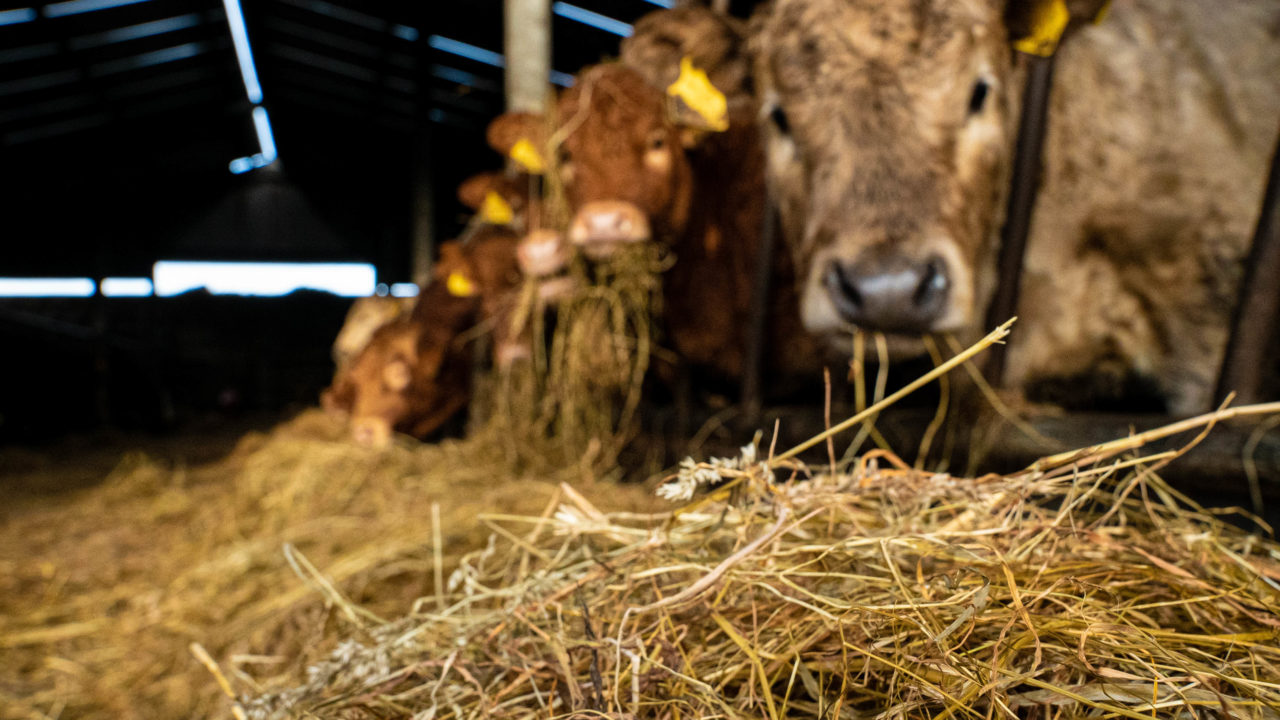The Climate Action Plan 2021 was released today (Thursday, November 4), outlining how Ireland will reduce its overall national emissions by 51% by 2030.
As part of that aim, agriculture will have to cut its emissions by between 22% and 30% by the end of the decade. But how?
The Climate Action Plan outlines several measures and actions that the government plans to avail of in the effort to cut emissions in agriculture, the most notable of which are outlined in this article.
The amount of chemical nitrogen used in the country will be reduced to an “absolute maximum” of 325,000t annually by 2030, with an interim target of 350,000t at maximum by 2025 (use in 2018 stood at 408,000t).
This measure will “involve a significant shift in the type of fertiliser used, with a focus on the use of nitrogen fertilisers containing inhibitors that will mitigate the release of nitrous oxide and ammonia into the atmosphere”, the plan states.
A national fertiliser register will be used to achieve this. Use of protected urea will also be increased.
On breeding, funding and the “assimilation of data” will be improved to facilitate the breeding of beef animals that are lower emitters of methane.
Testing of new feed additives will continue to establish “the best available technologies” that deliver methane mitigation, animal welfare and food safety.
The plan also outlines that government will collaborate with stakeholders to ensure beef animals reach slaughter weights at earlier ages, with the aim reducing the average age of slaughter down to 24 months (from 27 at present).
The area of the country under organic farming is to be increased to at least 350,000ha by 2030 (from 74,000ha now) through the provision of capital grants and access to the organic farming scheme.
A general improvement in animal health is also targeted; as well as an increase in the volume and quality of grazed grass consumed by cattle and sheep.
The measure outlined above are examples of “core measures” of the plan for agriculture. However, there are additional opportunities that could be rolled-out over the course of the next eight years to 2030.
These include a carbon farming model, with the potential for carbon trading, which would reward farmers for emissions reduction and removals.
Such an approach would require the establishment of baseline data; auditing; the development of voluntary carbon codes; leveraging of private financing through public/private partnerships; and putting governance structures in place.
A “dedicated review” identifying opportunities for emissions savings through farm diversification will also be undertaken.
The government will work with the waste sector to contribute 1.6 terewatt hours (TWh) of feedstock (raw materials) from grass silage and slurry for biomethane production, to be injected into the national grid, with the aim of supplying 3% of the national gas demand by the end of the decade.
The capacity and capability for anaerobic digestion will be increased.
The plan will see the doubling of the supply of biomass as a fossil fuel substitution to generate heat and electricity. This will come from commercial forests planted since the 1980s.
Investment will be made in research to develop a feed additive solution for Ireland’s pasture-based production system.
